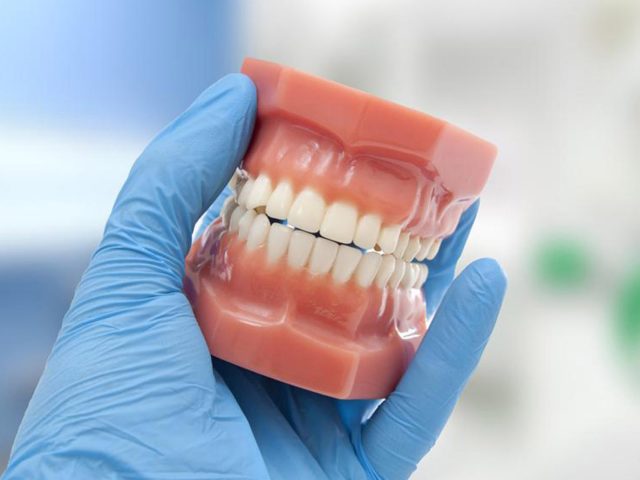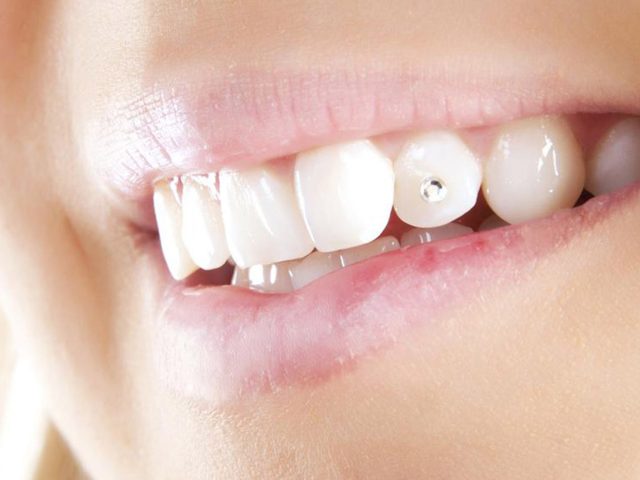

Painful Jaw Joint Treatment
Problem formation in the jaw area affects daily life quite negatively. Many processes such as speaking, chewing, and eating takes place in the jaw joint. Painful jaw joint treatment is one of the treatment methods that should be applied without delay. The jaw joint is the joint that provides the formation of the lower part of the jaw and the temporal bone. Many problems and discomforts can occur in the jaw area. Examples of these are:
- Jaw locking may occur because of sudden movements.
- Jaw fractures may occur because of hard blows.
- Genetic congenital missing joint structures are also among jaw problems.
- Serious disorders such as jaw tumors may occur.
- Chewing problems and difficulty in eating are among these ailments.
- Diseases in the jaw joint and jaw may cause painful jaw joint discomfort.
Pain in the head, jaw parts and neck pain are the harbingers of the discomfort in the jaw joint. Most of the discomforts in the jaw joints are experienced because of sudden blows. The mouth remains open for a long time while the painful jaw joint treatment is applied. For this reason, anesthesia is applied for the area to be treated.
What is Jaw Joint Discomfort?
Most of the jaw disorders go outside the jaw and even affect the tooth structure. It can cause grinding and crooked teeth. For the problems experienced in the jaw joint, the jaw structure and problem should be determined thoroughly, and extensive investigations are made. Mouth and tooth measurements are taken according to the jaw muscle and structure, and their compatibility is determined.
If necessary, imaging systems such as MRI can be used to make the correct diagnosis. These treatments aim to create a painless jaw joint structure for the patient. The degree of problems and disorders is diagnosed according to the structure of the mouth and jaw, and the most appropriate treatment method is determined by the specialists. After the treatment, a diet should be done; the Consumption of foods that will force the jaw structure should be avoided. Painful jaw joint treatment can change the way of nutrition and even prevent nutrition. Therefore, early treatment is very important.
Causes of Jaw Joint Discomfort?
There are many causes of discomfort in the jaw joints. Habits such as squeezing and grinding the teeth, chewing constantly in the same place, formation of crooked teeth caused by missing teeth, sudden traumas and blows in the jaw area, postural disorders, congenital hereditary disorders in jaw structures and nail-biting are the causes that disrupt the jaw structure and cause discomfort. In such cases, you can apply to our clinic and enter the treatment process quickly.











